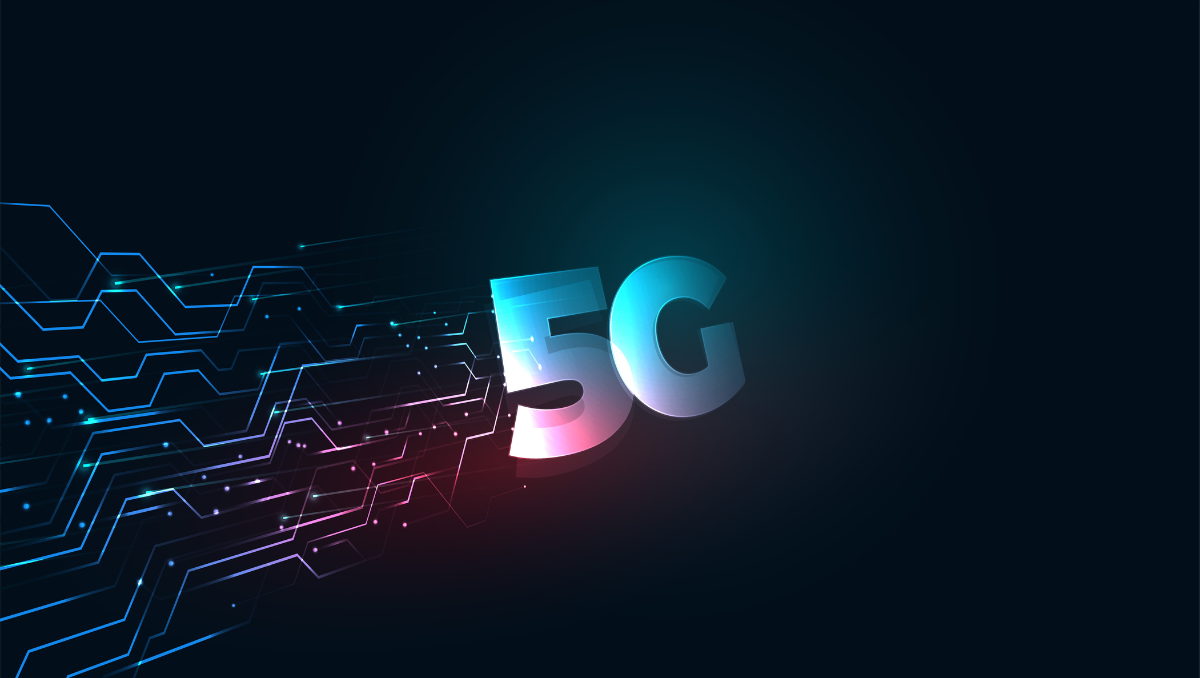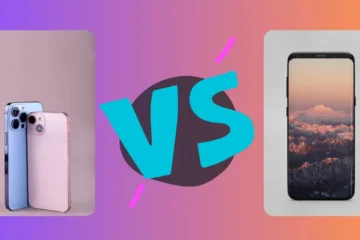Table of Contents
The Great Power of 5G: How the Next Generation of Wireless Will Revolutionize Communication

The next generation of wireless technology, known as 5G, is set to transform the way we communicate and connect with each other. 5G promises faster speeds, lower latency, and greater capacity than previous generations of wireless technology, opening up new possibilities for industries such as healthcare, transportation, and entertainment. Here’s a closer look at the power of 5G and how it will revolutionize communication.
What is 5G?
The successor to 4G/LTE is the fifth generation of wireless technology, or 5G. It uses higher radio frequencies and more advanced antenna technology to deliver faster speeds, lower latency, and greater capacity. Mobile devices like smartphones and tablets as well as autonomous vehicles and industrial IoT devices can all be supported by 5G networks.
Faster Speeds
One of the biggest advantages of 5G is faster speeds. 5G promises speeds up to 100 times faster than 4G/LTE, which means that downloads and uploads will be almost instantaneous. This will enable new applications such as immersive virtual reality experiences, real-time gaming, and ultra-high-definition video streaming.
Lower Latency
Another advantage of 5G is lower latency. The time elapsed between when a signal is sent and when it is received is referred to as latency. 5G networks have much lower latency than 4G/LTE networks, which means that devices can communicate with each other in near real-time. This will be particularly important for applications such as autonomous vehicles, where even a slight delay in communication can have serious consequences.
Greater Capacity
5G networks also have greater capacity than 4G/LTE networks, which means they can support more devices and applications. This will be especially crucial when the number of linked devices keeps increasing. 5G networks will be able to support billions of devices, from smartphones and tablets to smart homes and industrial IoT devices.
Applications of 5G
The possible uses for 5G are numerous and diverse. Here are just a few instances of how communication will change thanks to 5G:
- Healthcare: 5G networks will enable remote consultations, real-time monitoring of patients, and the use of virtual and augmented reality for medical training and education.
- Transportation: 5G will enable autonomous vehicles to communicate with each other and with traffic infrastructure in real-time, which will improve safety and reduce congestion.
- Entertainment: 5G will enable ultra-high-definition video streaming, immersive virtual reality experiences, and real-time gaming on mobile devices.
Challenges of 5G
While the potential of 5G is vast, there are also some challenges to consider. Here are a few examples:
- Infrastructure: 5G networks require a significant investment in infrastructure, including new antennas and base stations. This investment may be a barrier for some countries and regions.
- Interference: 5G networks operate at higher frequencies than previous generations of wireless technology, which means they are more susceptible to interference from buildings, trees, and other objects.
- Security: 5G networks will enable new applications and services, which will create new security challenges. Ensuring the security of 5G networks and the devices that use them will be critical.
Conclusion
The power of 5G is undeniable. The next generation of wireless technology promises faster speeds, lower latency, and greater capacity than previous generations, opening up new possibilities for communication and connectivity. While there are challenges to consider, such as infrastructure investment and security, the potential of 5G is vast and exciting. As 5G networks continue to roll out around the world, we can expect to see new applications and services emerge that will transform the way we live, work, and communicate.



